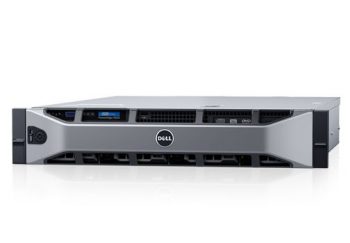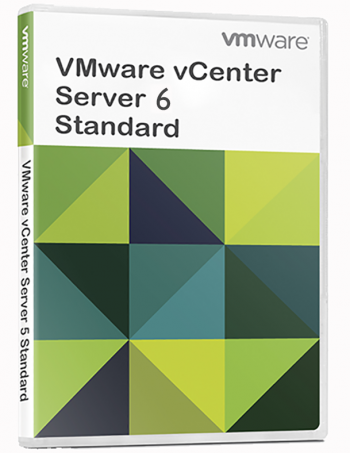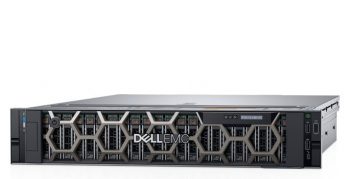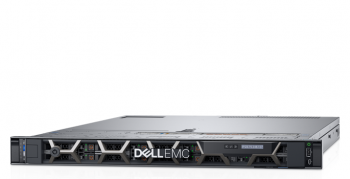Description
The Cisco UCS C4200 Series Rack Server Chassis with the Cisco C125 M5 Rack Server Node Delivers Outstanding Performance for Space-Constrained Environments.
Product Overview
The Cisco UCS® C4200 Series Rack Server Chassis delivers outstanding performance for space-constrained environments. It is among the most versatile general-purpose enterprise infrastructure and application servers in the industry. Supporting up to four Cisco UCS C125 M5 2-socket rack server nodes it delivers industry-leading performance and efficiency for a wide range of workloads, including scale-out/compute intensive, general service provider, and bare-metal applications. The Cisco UCS C-Series Rack Servers can be deployed as standalone servers or as part of the Cisco Unified Computing System™ (Cisco UCS) to take advantage of Cisco’s standards-based unified computing innovations that help reduce customers’ Total Cost of Ownership (TCO) and increase their business agility.
The C4200 chassis extends the capabilities of the Cisco UCS portfolio in a 2-Rack-Unit (2RU) form factor supporting up to four Cisco UCS C125 M5 Rack Server Nodes. It incorporates the AMD EPYC 7000 processors, delivering significant performance and efficiency gains in a compact form factor that will improve your application performance while saving space. The C4200 and the C125 M5 nodes deliver outstanding levels of capability and performance in a highly compact package, with:
● AMD EPYC 7000 series processors, with up to 32 cores per socket
● Up to 2 TB of DRAM using sixteen 128-GB DDR4 DIMMs for 2-socket CPU configuration
(eight DIMMs/memory channels per CPU)
● Over 45 TB of storage, with up to six Small-Form-Factor (SFF) 2.5-inch direct-attached drives per node
◦ Either six direct attach SAS/SATA drives or two NVMe plus four SAS/SATA drives
● Optional dual SD cards or M.2 modular storage for increased storage or boot drive capacity
● Support for the Cisco® 12-G 9460-8i PCIe SAS RAID controller with 2-GB Flash-Backed Write Cache (FBWC)
● OCP 2.0 network mezzanine slot supporting speeds up to 100 Gbps
● Support for Cisco’s fourth-generation PCIe Virtual Interface Card (VIC)
Powering Next-Generation Applications
The Cisco UCS C4200 Series Rack Server Chassis is well suited for a wide range of industry-driven workloads in areas such as:
● Research and education
● Aerospace
● Finance
● Manufacturing
● Oil and gas
● Gaming
Management
Cisco provides adaptive management for a new era of IT infrastructure with Cisco Intersight™. Cisco Intersight simplifies and automates IT Operations Management (ITOM) to make daily activities easier and more efficient. We have extended our vision of adaptive management to the C4200 platform. You can efficiently implement operations automation of your IT infrastructure from the data center to the edge.
The C125 M5 nodes can be deployed as standalone servers or in a Cisco UCS managed environment. When used in combination with Cisco UCS Manager, the C4200 brings the power and automation of unified computing to enterprise applications, including Cisco SingleConnect technology, drastically reducing switching and cabling requirements.
Cisco UCS Manager uses service profiles, templates, and policy-based management to enable rapid deployment and help ensure deployment consistency. If also enables end-to-end server visibility, management, and control in both virtualized and bare-metal environments.
The Cisco Integrated Management Controller (IMC) delivers comprehensive out-of-band server management with support for many industry standards, including:
● Redfish Version 1.01 (v1.01)
● Intelligent Platform Management Interface (IPMI) v2.0
● Simple Network Management Protocol (SNMP) v2 and v3
● Syslog
● Simple Mail Transfer Protocol (SMTP)
● Key Management Interoperability Protocol (KMIP)
● HTML5 GUI
● HTML5 virtual Keyboard, Video, and Mouse (vKVM)
● Command-Line Interface (CLI)
● XML API management Software Development Kits (SDKs) and DevOps integrations exist for Python, Microsoft PowerShell, Ansible, Puppet, Chef, and more. For more information about integrations, see Cisco DevNet





